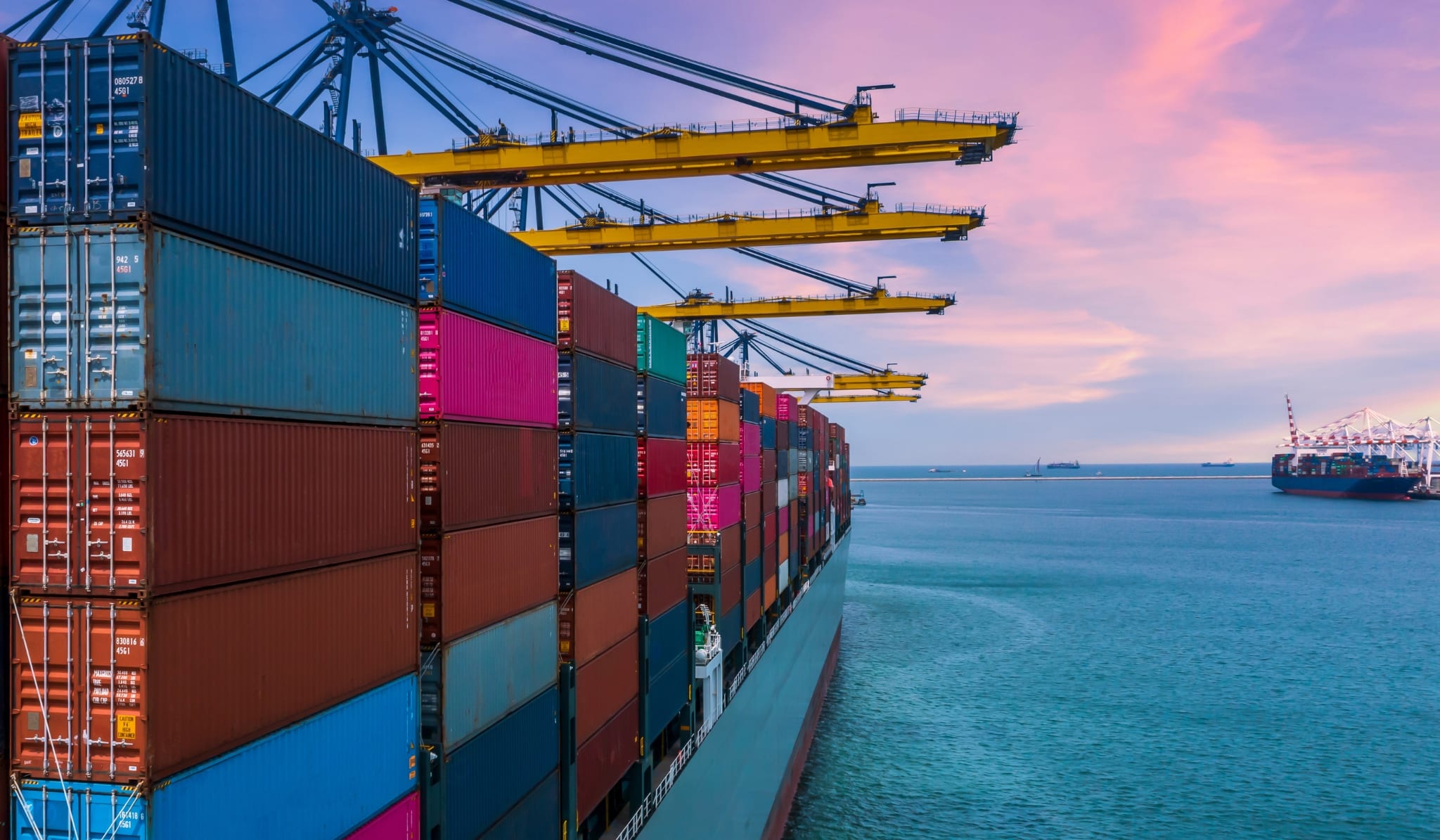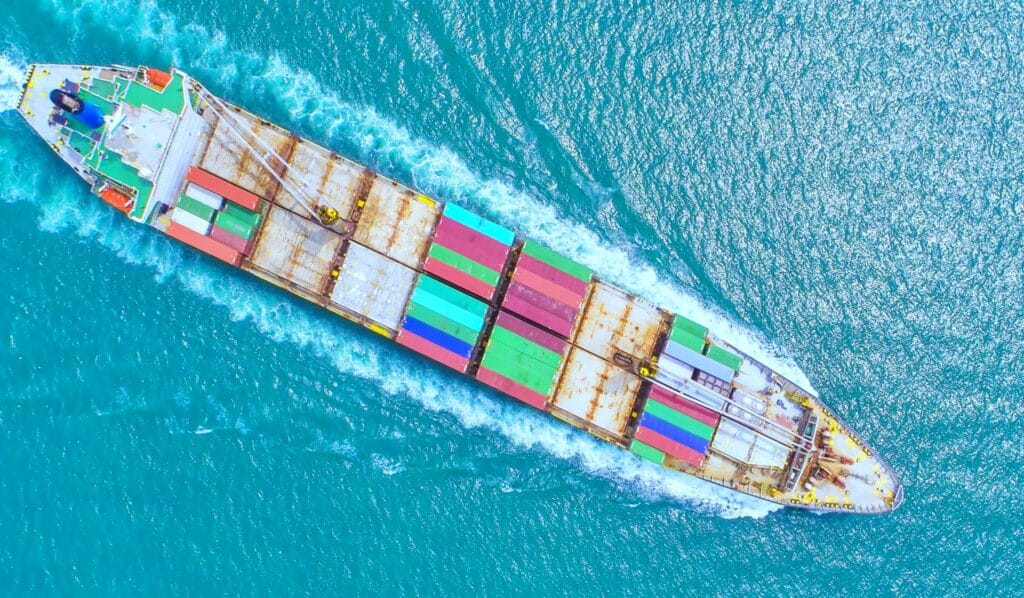
As global trade tensions persist and reshape markets, Brazil, India, Singapore, and Japan each must rapidly adapt to sector-specific challenges. Diversification, innovation, and strengthened regional partnerships will be key to balancing opportunity with risk.
Outline
Brazil: agricultural powerhouse seeks market diversification
India: “a knack for resilience” amid growing trade challenges
Singapore: safeguarding positioning as a global hub
Japan: electronics and automotive sectors face U.S. trade uncertainty
Brazil: agricultural powerhouse seeks market diversification
Unlike other major economies struggling with trade tensions and slowing exports, Brazil’s agricultural sector is experiencing unprecedented growth opportunities. As Nicolas Touchet, LATAM Founder and CEO at Telos Transition, observes: « Brazil has become the world’s breadbasket, and if U.S. trade barriers increase, short-term prospects are profitable as we become even more central to global food supply. »
Agricultural sector thriving despite trade frictions
Brazil’s agricultural exports reached $164.4 billion in 2024, representing 49% of total exports. The sector has directly benefited from US-China trade disputes, with Brazilian soybean exports surging 45% from 2017 to 2024 as China reduced US imports. Brazil now captures 82% of China’s soybean market, while expanding meat exports to fill gaps in China, Algeria, and Turkey. This growth has driven Brazilian soybean premiums to their highest levels since 2022, delivering substantial gains to producers.
Strained partnerships
The EU-Mercosur Free Trade Deal faces significant opposition from European farmers concerned about Brazilian agricultural imports. President Lula is personally lobbying European leaders during Brazil’s Mercosur presidency to secure ratification by mid-2025. Meanwhile, US bilateral relations remain strained over ethanol and sugar tariff disputes, with Brazil alleging unfair treatment given its low 2.5% ethanol import duty compared to 18% US sugar tariffs.
Brazil’s new Reciprocal Tariff Law (April 2025) now allows retaliation against unfair tariffs.
Reducing dependance on China
Brazil’s dominance in China’s food supply has brought both growth and vulnerability: China now represents 30% of Brazil’s total exports.
“The flip side of being the world’s breadbasket is becoming overly reliant on a major powerful customer like China.”
Brazil is accelerating efforts to diversify trade partners, deepening relations with India, ASEAN, the Gulf, and Sub-Saharan Africa through South–South diplomacy and BRICS+ cooperation. To support diversification and improve logistics reliability, major investments are made to upgrade infrastructure: Rumo Logística is expanding rail links from Mato Grosso to ports, while the Port of Santos is undergoing modernization to increase container capacity and automate operations.
India: “a knack for resilience” amid growing trade challenges
International trade uncertainties present a complex landscape for India’s export sectors, with pharmaceutical, electronics, and agricultural industries experiencing both challenges and emerging opportunities. According to Sanjay Lakhotia, CEO of Noble House, “India’s trade equation with the U.S. is definitely strained.”
Pressures on pharma sector
“We’re seeing a clear ripple effect of global trade tensions on India’s pharmaceutical sector, especially with the U.S. pushing for the « Most Favored Nation » pricing model. This essentially ties drug prices in the U.S. to the lowest rates offered globally, potentially impacting Indian exporters who supply nearly one-third of their pharmaceutical products to the U.S. market.”
Major Indian firms like Aurobindo Pharma and Dr. Reddy’s Laboratories, which derive significant revenue from the U.S., are directly impacted.
Tariff uncertainty in key export areas
With tariff disputes affecting Indian auto components, electronics and agri-products, uncertainty prevails. Although some tariffs were recently ruled unlawful by a U.S. federal court, the ongoing volatility remains a major concern. As Lakhotia notes, “for businesses, unpredictability is often worse than bad news.”
Adaptative strategies & government support
Indian firms are responding with increasing diversification and innovation. For instance, Dr. Reddy’s Laboratories has partnered with Alvotech to develop a biosimilar of the cancer drug Keytruda, aiming to strengthen its position in the U.S. market. Similarly, companies like Zydus and Glenmark are investing in new drug development to expand their global reach.
In the IT sector, firms such as LTIMindtree have successfully merged operations to create a more robust entity, focusing on sectors like BFSI and technology, each crossing $1 billion in revenues.
The Indian government has recently supported this adaptive approach by reinstating the Remission of Duties and Taxes on Exported Products (RoDTEP) scheme as of June 1, 2025, specially benefiting exporters operating under Advance Authorisation, Export-Oriented Units, and Special Economic Zones. By refunding various taxes and duties to exporters, the scheme boosts India’s competitiveness in the global marketplace.
Singapore: safeguarding positioning as a global hub
Singapore’s logistics sector, a symbol of global connectivity, is now feeling the pressure of escalating trade tensions. “Following the 10% blanket tariff on all imports starting January 20, 2025, Singapore’s logistics sector, a critical component of its economy as a global trade hub, faces significant challenges”, observes Ramesh Ramchand, Managing Director at Radialis.
Tariffs disrupt flow and margins
Singapore-based exporters, especially in electronics and precision engineering, face rising production and shipping costs. SMEs are particularly vulnerable, hit by compliance burdens and delays that threaten already thin margins. In May 2025, Singapore’s non-oil exports fell 3.5% year-on-year, defying expectations of 8% growth, largely due to reduced U.S. demand following tariffs.
However, Singapore is capturing some diverted trade flows, Ramesh explains: « Increased demand for air freight and transshipment in Southeast Asia, as businesses reroute shipments to avoid tariffs, reinforces Singapore’s role as a logistics hub”.
Increased regional competition
Singapore’s diversified regional and multilateral agreement portfolio – CPTPP, RCEP, and 27 bilateral FTAs – provide pathways to mitigate US market dependencies. Still, regional competitors expand their logistics capabilities:
“Singapore faces intense competition from regional logistics hubs like Hong Kong, Shanghai, and Dubai, which are investing heavily in infrastructure and offering competitive services. This threatens Singapore’s position as the world’s largest transshipment hub.”
Mitigation through innovation
To improve supply chain visibility and operational efficiency, logistics firms in Singapore are investing in digital transformation through AI, blockchain, and IoT. PSA Singapore, who operates the world’s largest transhipment hub, is deploying automation, AI-powered analytics, and additional berths at Tuas Port to boost operational efficiency and limit congestion.
Japan: electronics and automotive sectors face U.S. trade uncertainty
Japan is confronting escalating tariff risks as trade negotiations with one of its largest partners, the United States, intensify. This uncertainty hits especially hard in the country’s core manufacturing sectors, explains Hajime Baba, CEO at Clareza Partners.
Critical U.S. market dependency
The stakes are exceptionally high as Japan and the United States share strong economic ties, with the U.S. accounting for approximately 20% of Japan’s total exports. Machinery exports—primarily electrical equipment and automobiles—constitute roughly 70% of this trade flow, making these sectors particularly vulnerable to potential high reciprocal tariffs.
« The entire industry has closely watched the course of negotiations between Japan and the U.S., » says Baba. As “the Japanese yen’s depreciation in recent years has provided temporary relief for exporters, many companies have cautiously awaited the results of tariff negotiations before making significant strategic changes.”
The government has introduced emergency support packages, including relaxed lending requirements to maintain cash flow for vulnerable businesses.
Increasing flexibility
Japanese firms are increasingly pursuing organizational restructuring to address Japan’s rigid employment system and improve flexibility and competitiveness. Even major corporations such as Panasonic and Takeda are revising their traditional workforce models, moving away from lifetime employment norms to optimize talent allocation and invest in future growth areas.
As global trade tensions reshape business landscapes across Brazil, India, Singapore, and Japan, organizations are increasingly looking to address sudden changes and sector-specific challenges.
« When companies are navigating unfamiliar waters, whether it’s trade barriers, supply chain disruptions, or shifting compliance frameworks, having an expert who can step in immediately is invaluable, » observes Ramesh Ramchand. « Interim executives provide just that: extensive experience and leadership without long-term commitment. More importantly, they bring perspective—they’ve often worked across industries, geographies, and crises, so they don’t just react; they anticipate. » As disruption accelerates, the ability to continuously confront global uncertainty is both an essential skill and a business imperative.



